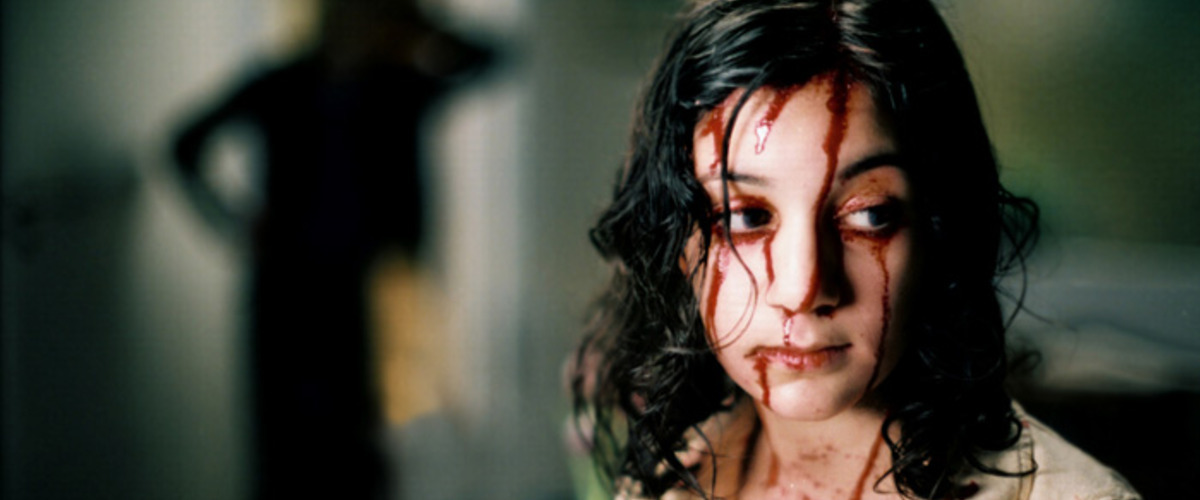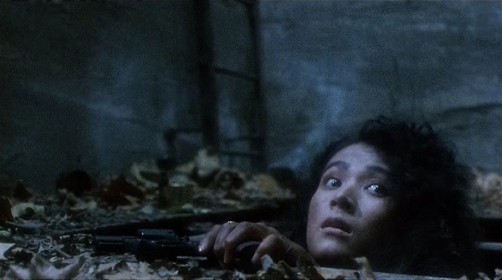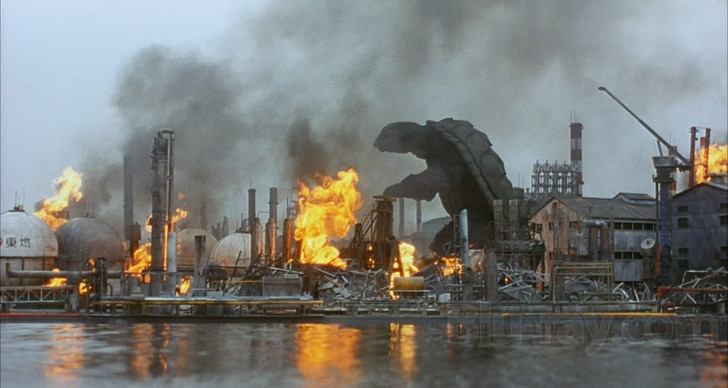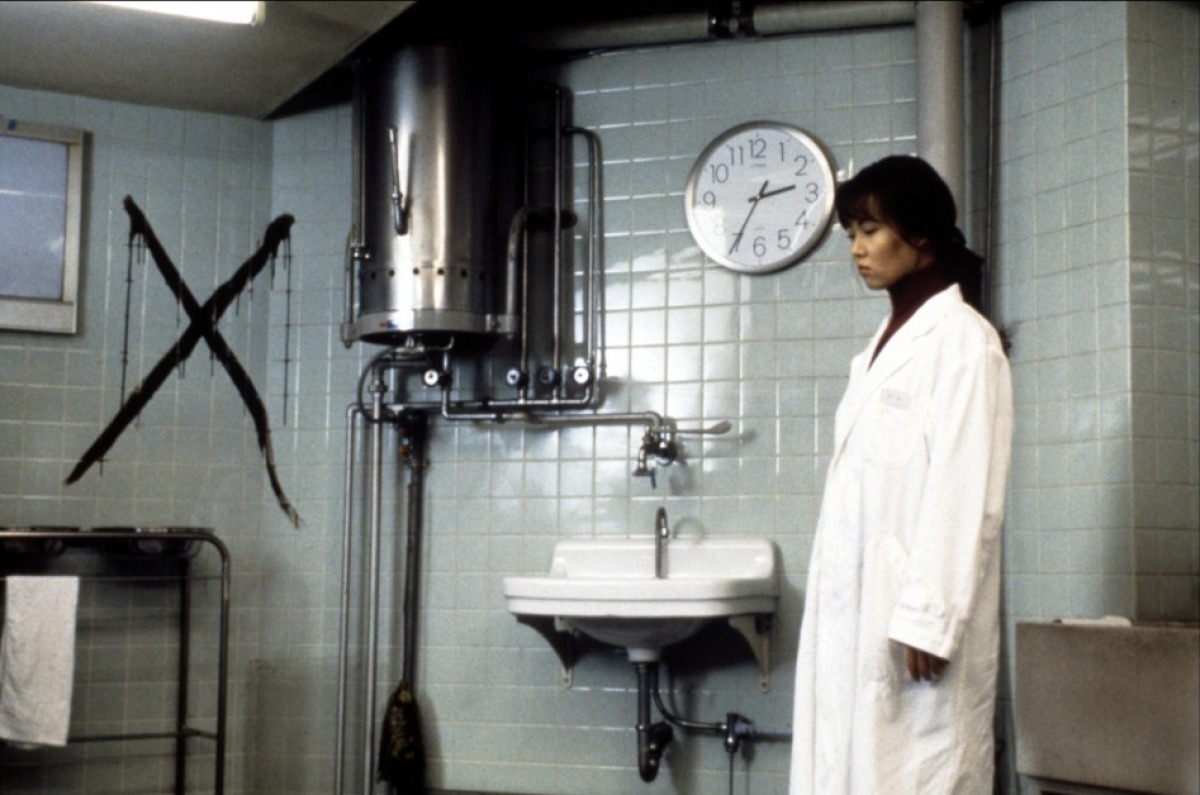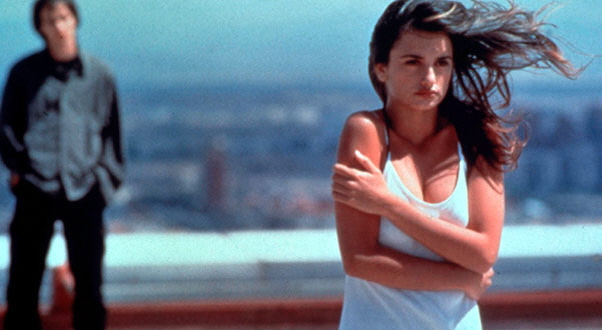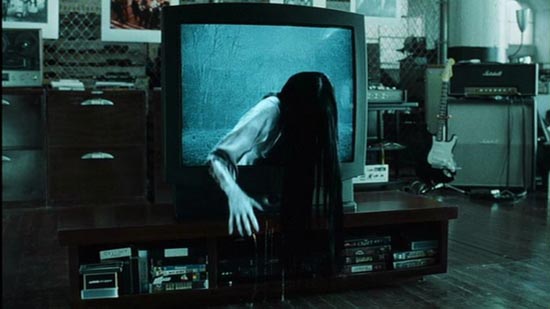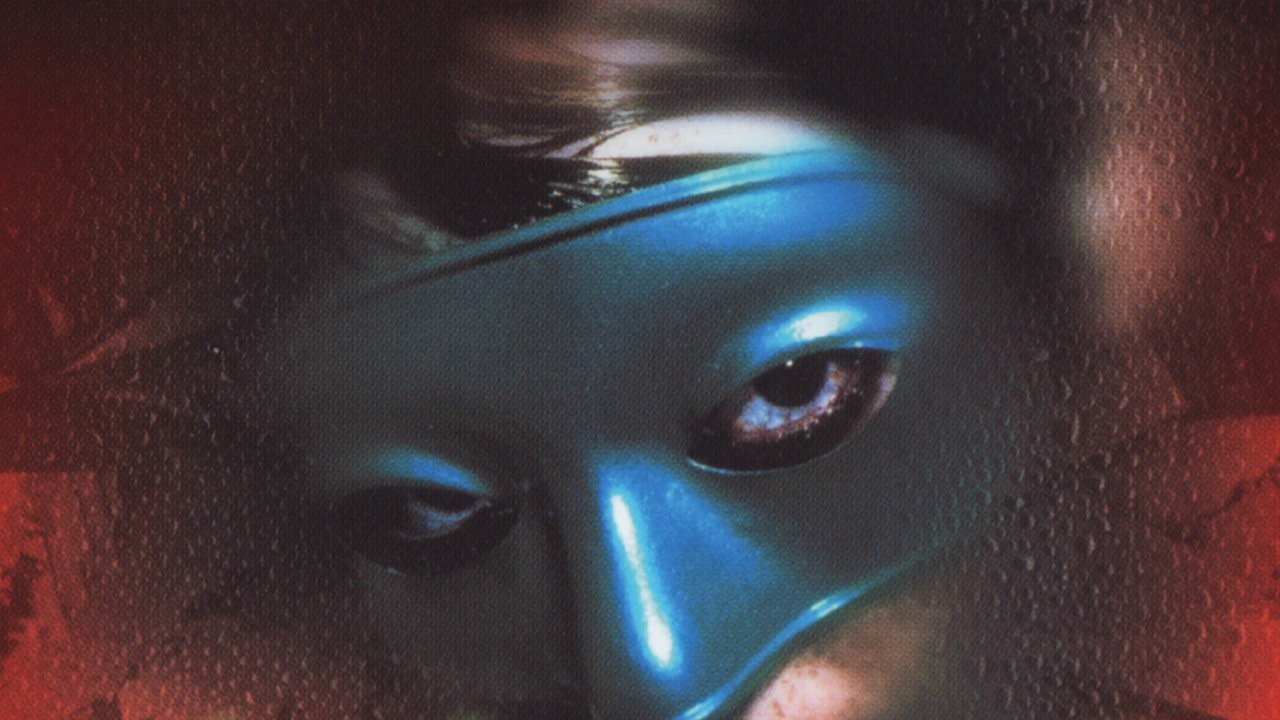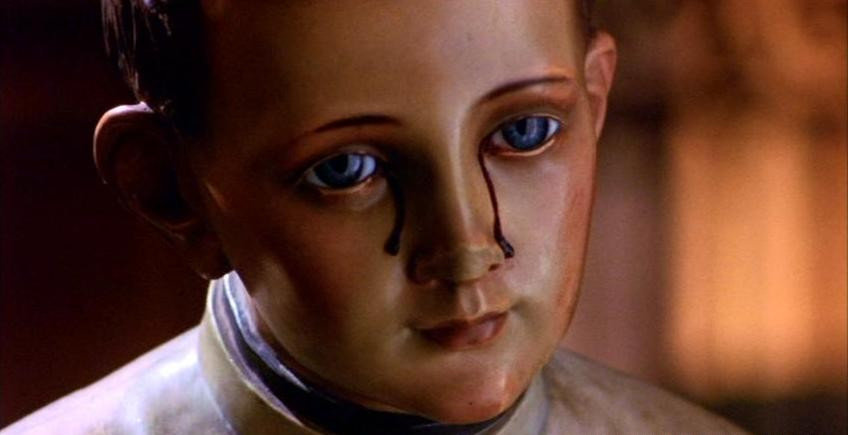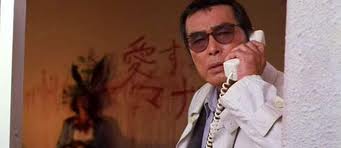Non-English language horror cinema has always been an important part of the genre film landscape but never more so than the past quarter-century. The American film industry may look at foreign horror films primarily as targets for remakes but non-English language horror is a vital part of a genre that would be severely if not fatally diminished in quality without it.
This article is devoted to live action films only, eliminating excellent animated films like Hirotsugu Kawasaki’s Spriggan (1998, Japan) and Yoshiaki Kawajiri’s Vampire Hunter D: Bloodlust (2000, Japan) from consideration.
As a feature films only article, short films were also excluded but all horror fans should seek out the great non-English language horror shorts including Nacho Cerda’s Genesis (1998, Spain), Victor Garcia’s El Ciclo and T is for Tiles (2003 & 2006, Spain), David Alcalde’s Happy Birthday to You (2006, Spain), Pedro Cristiani’s Deus Irae (2010, Argentina) and Can Evrenol’s Baskin (2013, Turkey) among others. Readers interested in catching up with the world of international horror shorts films can read this.
Mathieu Kassovitz’s Crimson Rivers (2000, France), Na Hong-jin’s The Chaser (2008, South Korea) and Kongkiat Khomsiri’s Slice (2009, Thailand) deserve inclusion in this article as psychopath horror films but were intentionally excluded since I previously covered them in my article The 20 Best Neo-Noir Films of the 2000s.
Film writing being the game of informed opinion and personal taste that it is, some readers might be disappointed by the omission of some of their favorites in this piece such as Takashi Miike’s Audition (1999, Japan), Guillermo Del Toro’s The Devil’s Backbone (2001, Spain), Kim Jee-woon’s A Tale of Two Sisters (2003, South Korea), Bong Joon-ho’s The Host (2006, South Korea), Guillermo Del Toro’s Pan’s Labyrinth (2006, Spain), J.A. Bayona’s The Orphanage (2007, Spain) and Andre Ovredal’s Trollhunter (2010, Norway).
Note: The films are listed in chronological order by release year and in all but a couple of cases the English language title is used for each entry.
1. Evil Dead Trap (Toshiharu Ikeda, 1988, Japan)
Screenplay by Takashi Ishii
Yes, I can read a calendar. I’ve decided to include a 1988 film in this article because it did not have an official North American release until 2000 and it’s a truly underrated horror film. A news crew travels to an abandoned factory to investigate a videotaped murder that was delivered to their station. The investigation turns lethal as a killer with a surprising secret starts picking off the crew.
Evil Dead Trap‘s Dario Argento-influenced murder scenes are incredibly stylish and gruesome must-sees. The script for the film was written by manga writer/artist Takashi Ishii who would go on to become a highly accomplished screenwriter/director whose credits include the 1995 neo-film noir masterpiece Gonin.
Two follow-up films were made that were sequels in spirit only: Izo Hashimoto’s very disappointing Evil Dead Trap 2 (1992) and the little-seen Evil Dead Trap 3: Broken Love Killer (1993) which reunites director Ikeda and screenwriter Ishii and delivers much better results than the second installment but fails to reach the deranged heights of the original.
2. Gamera: Guardian of the Universe (Shusuke Kaneko, 1995, Japan)
Screenplay by Kazunori Ito
3. Gamera: Attack of Legion (1996)
Screenplay by Kazunori Ito
4. Gamera: Revenge of Iris (1999)
Screenplay by Kaneko & Kazunori Ito
A film series reboot does not always signify the absence of genuine inspiration and creativity. This landmark trilogy moves Gamera out of the kids-oriented realm of the early films that began in the 1960s and represents the absolute apex of the daikaiju subgenre.
One of the advantages these films have is the cohesive nature of having the same director and screenwriter on all three films. The first film finds the titular creature defending mankind against giant carnivorous avian beasts from the early film series called Gyaos, the second and most fully satisfying entry pits Gamera against alien insects and the final film of the trilogy is marred only by a cliffhanger ending that occurs after an incredibly impressive climactic battle between Gamera and the monster Iris.
Director Kaneko went on to make the well-received Godzilla, Mothra & King Ghidorah: Giant Monsters All-Out Attack (2001) and the very popular but uneven manga adaptations Death Note and Death Note: The Last Name (2006).
5. Cure (Kiyoshi Kurosawa, 1997, Japan)
Screenplay by Kurosawa
Genre cinema lends itself to many “what if” scenarios. What if Alejandro Jodorowsky had actually made his version of Dune? What if John Milius had made Conan the Barbarian into a trilogy as he had originally intended? The list of fascinating possibilities goes on and on. Screenwriter/director Kurosawa’s Cure answers the question “what if Andrei Tarkovsky made a horror film about a mass murderer?”.
Kursosawa employs the very slow and deliberate pace that would become his directorial trademark in this story of a police detective played by frequent Kurosawa collaborator Koji Yakusho investigating a series of bizarre murders wherein the perpetrators appear to have been under the influence of mind-control. Kurosawa asks a lot from the viewer and the challenging experience that is Cure is definitely an atmospheric and rewarding one. Kurosawa went on to write and direct the apocalyptic favorite Kairo (2001) which was remade badly in America as Jim Sonzero’s Pulse (2006).
6. Open Your Eyes (Alejandro Amenabar, 1997, Spain)
Screenplay by Amenabar & Mateo Gil
I will resist the strong temptation to ask you to forget Cameron Crowe’s horrendous 2001 remake of this film called Vanilla Sky as I’m confident you already have. Eduardo Noriega plays a successful businessman who starts to question what is real and what is not after being horribly disfigured in a car accident.
Heavily influenced by the classic Twilight Zone television series, Open Your Eyes is a classic entry in the horror of altered reality subgenre and contains one of the most beautiful moments in all of genre cinema. After his life-changing accident, Eduardo Noriega’s character watches his ex-girlfriend played by Penelope Cruz do a mime act for passersby in a public park. She strikes a pose and holds it, unmoving as rain starts to fall. Noriega’s character stands there, a drenched beast watching his lost beauty, his gaze fixed on her as the rain causes her white facial makeup to drip off.
7. Ringu (Hideo Nakata, 1998, Japan)
Screenplay by Hiroshi Takahashi based on Koji Suzuki novel
Suzuki’s novel had previously been adapted into a television film but director Nakata’s theatrical version was enormously successful and influential, helping to ignite the worldwide horror film production explosion of the 2000s and spawning countless imitations.
Being one of the most well-known non-English language horror films of all time and the basis for an American remake in 2002, you are certainly already familiar with Ringu’s deadly curse carried by videotape storyline and the film’s rightfully famous ending.
Nakata re-teamed with screenwriter Takahashi for the uneven Ringu 2 (1999) which despite not coming close to the impact of the original does feature a fantastic climax wherein a team of scientists disastrously attempts to control the deadly supernatural force named Sadako.
8. Hypnosis (Masayuki Ochiai, 1999, Japan)
Screenplay by Ochiai & Yasushi Fukuda based on Keisuke Matsuoka novel
A film that was unjustly lost amid the flood of Japanese horror films that followed in the wake of the tremendous success of Hideo Nakata’s Ringu, Hypnosis is the story of a police detective investigating a series of bizarre suicides that may be the result of mind control.
Among other high points including a great opening sequence, Hypnosis delivers a highly memorable and suspenseful take on the orchestra scene from Alfred Hitchcock’s The Man Who Knew Too Much (1956). Hypnosis remains screenwriter/director Ochiai’s career-best film to date. He wrote and directed the horror film misfire Infection in 2004, directed the ridiculous American remake of the superb 2004 Thai horror film Shutter in 2008 and has a couple of horror films in various stages of completion as of this writing.
9. The Nameless (Jaume Balaguero, 1999, Spain)
Screenplay by Balaguero based on the Ramsey Campbell novel
A woman whose daughter went missing and was presumed murdered receives a phone call from someone claiming to be the young girl. The woman starts to investigate with the help of an emotionally broken detective who worked on the original case and a reporter specializing in the paranormal. Incredibly atmospheric with great cinematography by Xavi Gimenez, The Nameless is a highly memorable film that helped ignite the worldwide horror film boom of the 2000s.
Screenwriter/director Balaguero stumbled a bit with his uneven subsequent supernatural features Darkness (2002) and Fragile (2005) but came roaring back with the great To Let (2006), the contemporary classics Rec (2007) and Rec 2 (2009) and the very creepy psychopath film Sleep Tight (2011).
10. Another Heaven (Joji Iida, 2000, Japan)
Screenplay by Iida
The investigation into a disturbing murder by a pair of detectives reveals the perpetrator may not be human in another overlooked gem in the post-Ringu flood of Japanese horror films. Another Heaven has the feel of The X-Files but is much better than either of the milestone American television series’ trips to the big screen. Screenwriter/director Iida went on to make the almost stunningly grim post-apocalyptic film Dragon Head in 2003.
